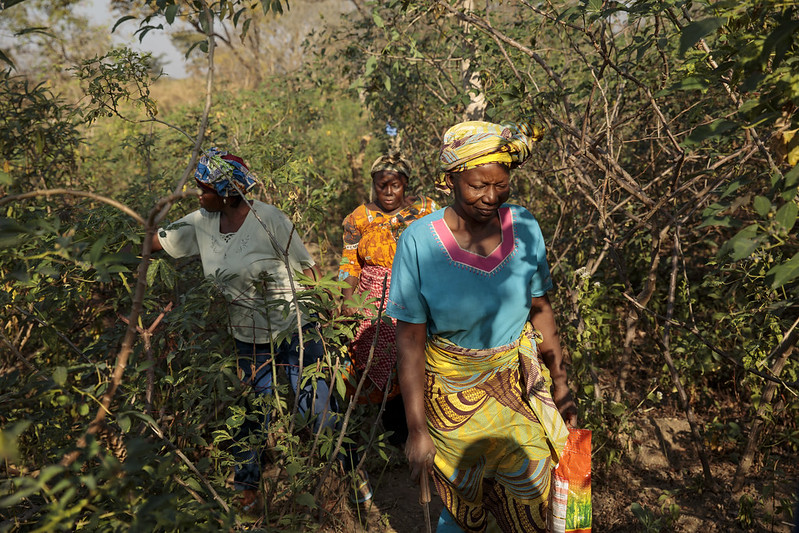
The gender gap is an international situation – and a bigger one than even experts realized.
So says new research from the World Bank, published this earlier week, which looked into inequities experienced by women the world over in terms of professional opportunities and pathways. It revealed that there are no countries in the world – of the 190 studied – that offer women the same chances to engage with, and thrive in, the national workforce as men.
“All over the world, discriminatory laws and practices prevent women from working or starting businesses on an equal footing with men,” Indermit Gill, chief economist of the World Bank Group, told The Guardian.
Though the global financial institution has released iterations of this study in the past – this year’s report is, in fact, the 10th edition – this is the first year that factors such as childcare costs and workplace safety concerns were weighed in the findings. (We’d be curious to see the gender composition of the research teams that previously viewed those as unnecessary components.) Once the team added those in, the divide was shown to be even wider than previously thought.
For example, women throughout the world enjoy just 64% of the legal protections men do in professional contexts – a significant dip from the Bank’s previous estimate of 77%. And even if such laws have been passed, governments only have systems in place to enforce them about 40% of the time.
Researchers pointed to several sub-Saharan African countries, like Togo, as examples of both hopeful progress around enacting legislation that protects women, and a frustrating lack of infrastructure created to make sure laws are enforced.
Pay gaps also continue to be a global phenomenon. Averaged out, the world’s women make just 77 cents for every dollar made by men. Yet while the problem has international reach, only 35 of the economies assessed – again, out of nearly 200 – have pay transparency or equal pay enforcement processes in place.
“All this means that only half of women participate in the global workforce, compared with nearly three-quarters of all men,” researchers wrote in the report’s foreword, of the combined result of these inequalities. “What a waste of talent. And how tragic that the economies where talent is scarcest, waste it the most.”
This report serves as a stark reminder of how much progress is still needed to ensure women’s health, wealth and freedom the world over.
After all, we see this phenomenon manifest frequently in our work – as of publication, the top section of The Story Exchange’s homepage features news briefs on inadequate care for women athletes; the ongoing opportunity gap for women in Hollywood, specifically; and persistent problems for women veterinarians working in rural parts of the U.S.
And all three were published within the past week.
But here’s the real rub: Rectifying the situation would benefit everybody. “Closing this gap could raise global gross domestic product by more than 20% – essentially doubling the global growth rate over the next decade,” noted the World Bank’s Gill.
We’ve seen that, too – that women leaders are study-proven to be more efficient than their male counterparts, and more likely to yield financial successes for the companies they oversee. They also promote better collaboration among colleagues, and will more frequently enact internal language and policy shifts that improve sensitivity and morale.
It’s not just businesses that do better, though – whole economies are boosted when women are supported and encouraged to engage.
Indeed, “the world simply cannot afford to sideline half of its population,” researchers concluded in their study. “Our daughters are ready and able to make the world a better place for all of us – if we get out of their way.”



